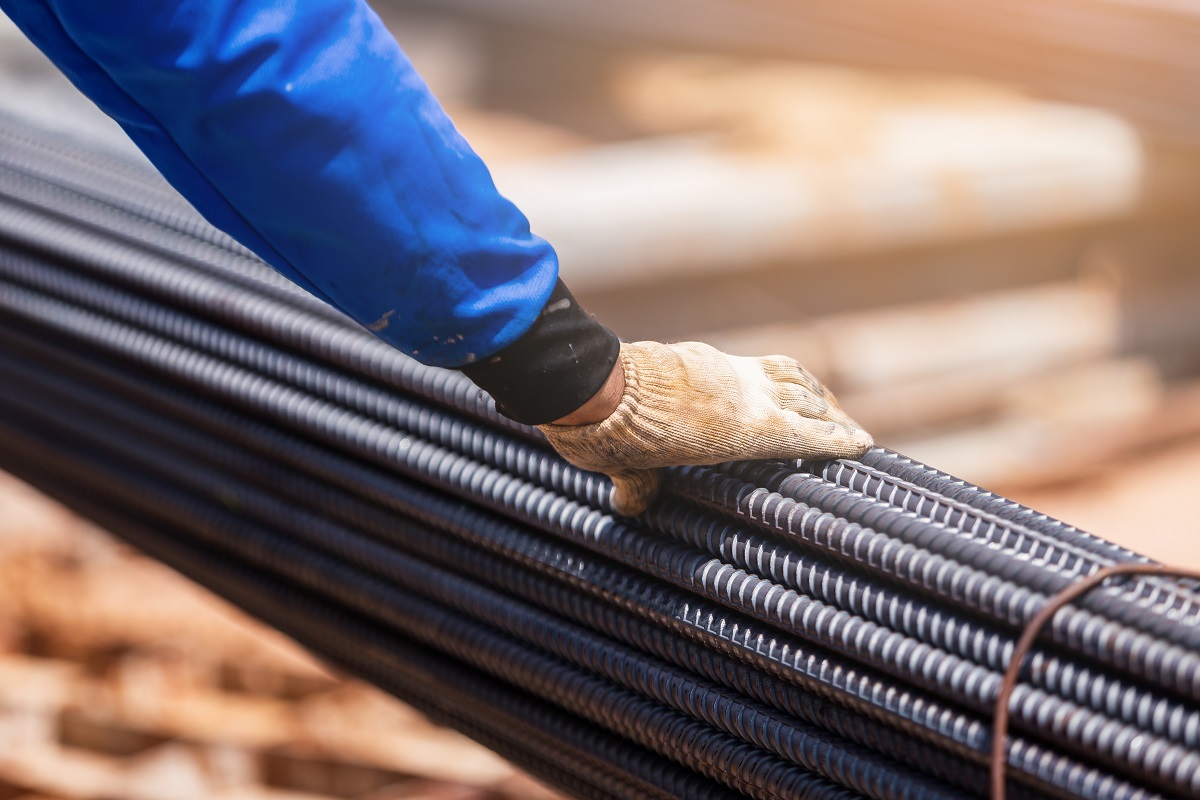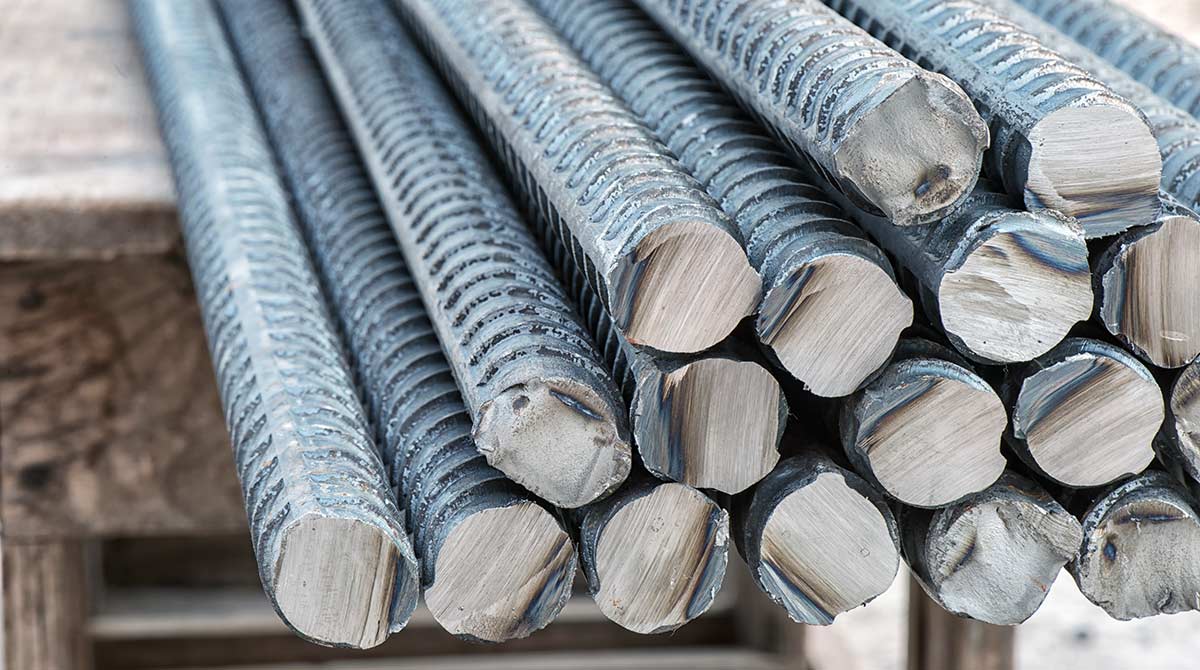Introduction
Steel reinforcement has played a pivotal purpose in the construction sector for centuries. From its humble beginnings in common procedures on the improvements manufactured in recent times, metal reinforcement is becoming an integral element of contemporary building methods. This article delves in to the evolution of steel reinforcement, Discovering its journey from standard ways to Highly developed approaches, and also the impact it's had on the construction sector.
The Importance of Steel Reinforcement in Construction
Steel reinforcement is important in design resulting from its ability to boost the strength and sturdiness of concrete constructions. It functions to be a assist procedure, providing tensile power by resisting cracks and improving load-bearing capacity. With out right reinforcement, concrete structures would be susceptible to a variety of external forces which include seismic action and heavy hundreds.
Traditional Methods of Steel Reinforcement
The Beginnings: Iron Rods and Timber
In the early days of design, iron rods were applied as a method of reinforcement. These rods were being embedded inside concrete constructions to offer extra power. Nevertheless, iron was susceptible to corrosion, bringing about structural deterioration eventually. To combat this difficulty, timber was generally utilized alongside iron rods for included balance.
The Introduction of Mild Steel
Mild steel emerged in its place to iron rods in the late nineteenth century. Its minimal carbon written content https://rentry.co/h4zwu972 produced it less at risk of corrosion, significantly enhancing the longevity of strengthened structures. This marked an important progression in steel reinforcement technology, setting the stage for additional innovations.
Twisted Bars and Expanded Metal Lath
In the early twentieth century, twisted bars and expanded steel lath had been introduced as reinforcement components. Twisted bars provided improved bonding with concrete, whilst expanded metal lath made available Improved floor space for much better adhesion. These innovations even further strengthened concrete constructions and elevated their resistance towards external forces.
Advancements in Metal Reinforcement Techniques
High-Energy Reinforcement Bars
The enhancement of large-toughness reinforcement bars revolutionized the development marketplace. These bars, created from alloyed metal with better tensile power, allowed for the development of taller and even more structurally advanced buildings. Substantial-power reinforcement bars also provided greater resistance versus seismic activity, creating them ideal for earthquake-prone locations.

Welded Wire Mesh
Welded wire mesh turned a popular option for reinforcement resulting from its simplicity of installation and cost-success. It includes interconnected steel wires welded alongside one another to variety a mesh-like structure. Welded wire mesh supplies uniform reinforcement distribution all over the concrete, growing its Total energy.
Fiber Reinforced Polymer (FRP) Bars
Fiber Strengthened Polymer (FRP) bars have attained prominence lately as a light-weight and corrosion-resistant alternative to standard metal reinforcement. These bars are made out of a combination of fibers, which include carbon or glass, embedded within a polymer matrix. FRP bars supply substantial tensile power and are ideal for buildings exposed to harsh environmental problems.
Prefabricated Reinforcement Solutions
Prefabricated reinforcement methods are becoming ever more well-known in present day development practices. These options involve the production of reinforcement factors off-site, that are then transported and set up on-web page. This method lowers construction time and enhances high-quality Handle, leading to a lot more productive and durable buildings.
FAQs about Metal Reinforcement Techniques
What is the goal of metal reinforcement in development?
Steel reinforcement presents additional strength and longevity to concrete structures by maximizing their load-bearing ability and resisting cracks.
Why was iron replaced by delicate metal in traditional steel reinforcement?
Iron was prone to corrosion, bringing about structural deterioration with time. Mild steel, with its lessen carbon material, made available enhanced corrosion resistance and longevity.
What are substantial-toughness reinforcement bars?
Higher-energy reinforcement bars are created from alloyed metal with larger tensile power. They permit the construction of taller plus more sophisticated buildings and give much better resistance from seismic activity.
How does welded wire mesh reinforce concrete buildings?
Welded wire mesh gives uniform reinforcement distribution through the concrete, growing its In general energy. It is not difficult to setup and price-efficient.
What are Fiber Bolstered Polymer (FRP) bars?
Fiber Bolstered Polymer (FRP) bars are lightweight and corrosion-resistant choices to conventional metal reinforcement. They supply higher tensile energy and are ideal for buildings exposed to harsh environmental ailments.
What are some great benefits of using prefabricated reinforcement remedies?
Prefabricated reinforcement methods lessen building time, improve high quality Management, and cause much more efficient and sturdy structures.

Conclusion
The evolution of steel reinforcement has transformed the development sector, enabling the generation of stronger, extra resilient structures. Within the early usage of iron rods and timber to the introduction of higher-energy reinforcement bars, welded wire mesh, Fiber Bolstered Polymer (FRP) bars, and prefabricated remedies, each innovation has contributed to safer and more sustainable construction procedures. As technology carries on to advance, we could assume further breakthroughs in steel reinforcement procedures that could form the way forward for design.